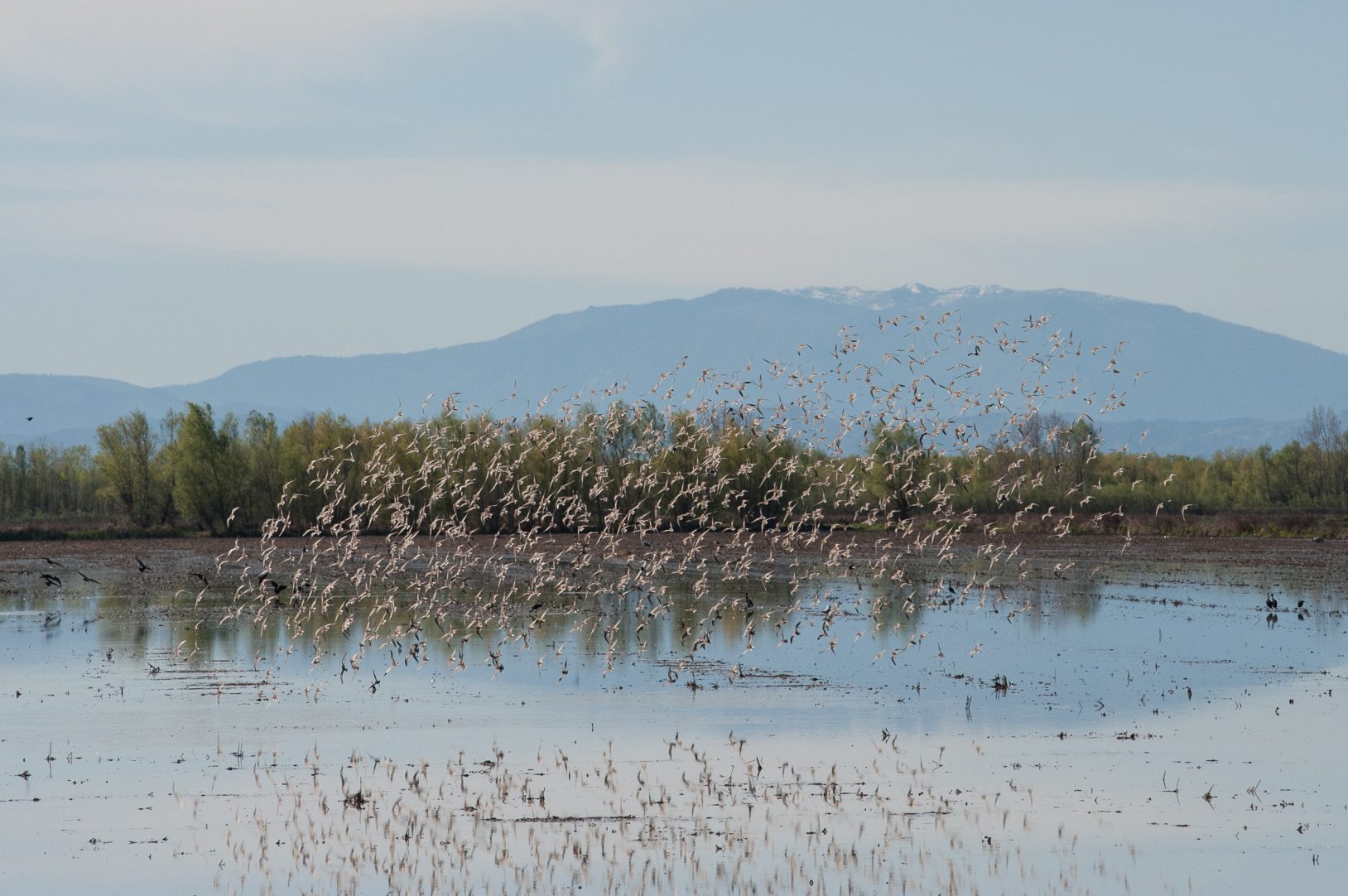When I first began working on water and habitat issues in California a decade ago, it seemed counter-intuitive to me to seek partnerships with farmers and hunters, as I naively assumed we wouldn’t share values and priorities.
Fortunately, I had some veteran California conservationists as mentors, and they taught me just how aligned our purposes could be, especially when it came to wetland habitat for migratory birds. And although landowners and environmentalists have been working together for decades (long before I was schooled in these issues), the challenges have only steepened, with climate change moving the target of success, especially for the migratory species that rely on this habitat.
While the work that these groups have accomplished together to protect habitat for wildlife is impressive, we’re now facing a scenario in which the low-hanging fruit has been picked, and we need to add some new and creative weapons to our conservation arsenal.
Fortunately, as it does, technology is keeping pace with these challenges. We now have at our fingertips near real-time data on water availability on the landscape in California, as well as crowd-sourced habitat needs information, in the form of bird observations from thousands of hobbyist birders, continuously uploaded through smartphone apps. So how can we put this information to good use?
We’ve known for some time that many of the shorebird species that migrate through the Central Valley are in steep decline, and that typical farming operations don’t cater to them as well as they do the wintertime waterfowl species.
Although hundreds of thousands of acres of rice farms are flooded to decompose leftover rice straw each winter in California, and these surrogate wetlands match waterfowl migration patterns nicely, shorebirds need resting and feeding options in the spring and fall “shoulder” seasons. Shorebirds additionally need different field conditions, preferring shallower mudflats to cruise for bugs while waterfowl will dive and dabble in much deeper water.
The Nature Conservancy is tackling this conundrum by utilizing the water availability and species information to identify precisely where and when habitat will be most valuable to shorebirds as they migrate, and working with landowners to provision this habitat. By applying a reverse auction, in which farmers bid to participate in the program, we are able to select the highest quality habitat at the most reasonable rates, making the program extremely cost-efficient.
The farmers receive a financial incentive to offset their cost and risk, and in return they provide the wetland mudflat conditions at precise times (just a few weeks in the spring and fall) that benefit migrating shorebirds. In addition, they are reinforcing the credibility and long-term viability of their operations by multiplying the benefits that their land provides.
This is just one example of a new suite of tools dubbed Dynamic Conservation – practices that address environmental challenges in new and unconventional ways that challenge our traditional reliance on long term tools like easements and acquisitions and are especially useful for migratory species and species impacted by climate change.
As we and others expand the application of Dynamic Conservation practices, we need public agencies to begin to embrace, adopt, and fund these programs.

